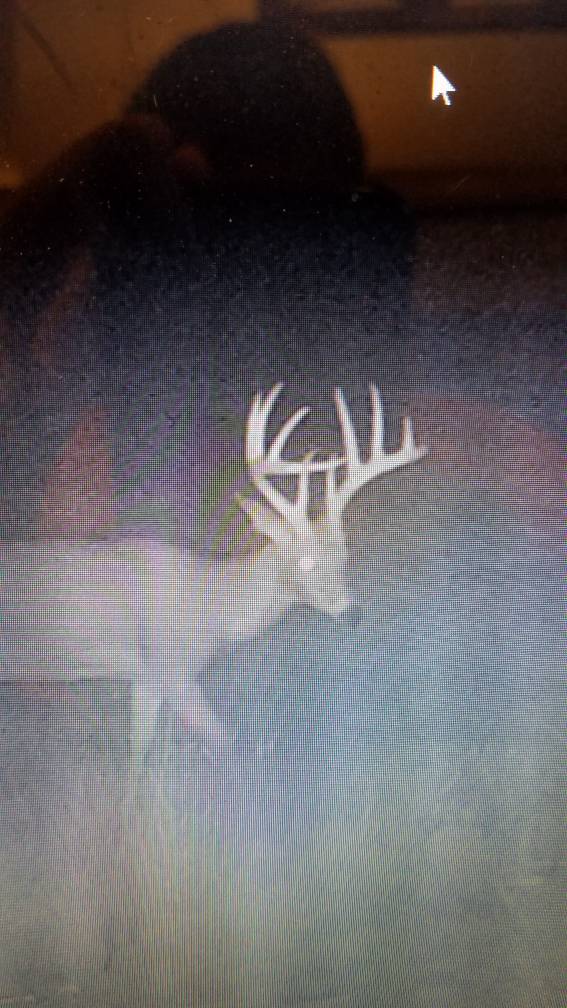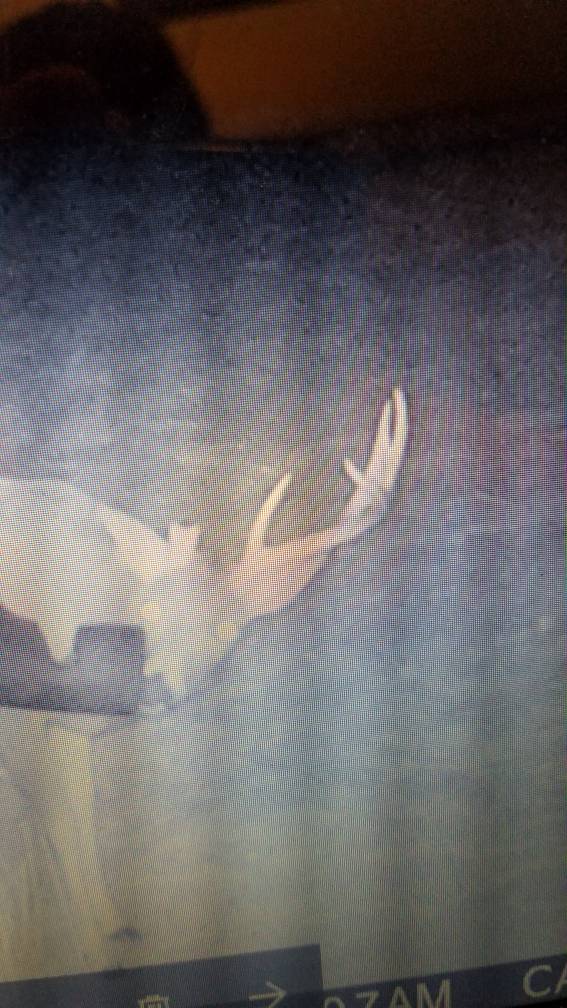bigbluetruck
Active Member
Got a question for the experts, both my buddy and me have pictures of the biggest most mature bucks in their area, but both have broken a main beam clear off. Also both have broken quite awhile after velvet shed. Plus we both have smaller bucks that have broken mains as well
Both these bucks are big deer, the most dominant in the area, that have access to all the corn beans and alfalfa they can eat. And we both supply feed with minerals in them, though we usually dont start until June or July. Both deer are far enough apart that they cant fight each other. Both are definitely the same deer
Our area got hit pretty hard in March with all the water, could some of that stress lead to weaker antlers?


Sent from my SM-G930V using Tapatalk
Both these bucks are big deer, the most dominant in the area, that have access to all the corn beans and alfalfa they can eat. And we both supply feed with minerals in them, though we usually dont start until June or July. Both deer are far enough apart that they cant fight each other. Both are definitely the same deer
Our area got hit pretty hard in March with all the water, could some of that stress lead to weaker antlers?


Sent from my SM-G930V using Tapatalk
